Seed Tray, Nursery Tray, Cavity Plate (Sunshine Seedling Propagation Series)
Sunshine Garden seed tray is made of PS (polystyrene) material, which is non-toxic and environmentally friendly, with good breathability, strong flexibility and durable. It can be widely used in greenhouse, agriculture, gardening. It's perfect for seed starting, seedlings, seed propagation, hydroponics, plant germination.
The base of the hole plate is mainly peat, vermiculite and perlite. These sub-strates are light, have good air permeability and water retention moderate acidity and less pollution, so using container seedling can greatly improveseed germination rate and survival rate of seedlings.

 英语
英语 俄语
俄语 德语
德语 西班牙语
西班牙语 法语
法语


 Innovation Team
Innovation Team Patented Technology
Patented Technology Quality Assurance
Quality Assurance Efficient Response
Efficient Response.jpg)
.jpg)
.jpg)
.jpg)
.jpg)
.jpg)























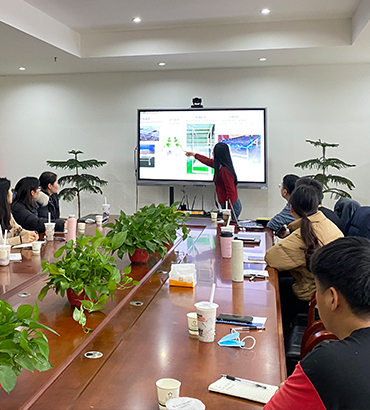
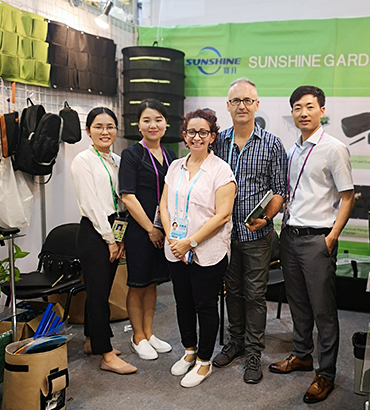
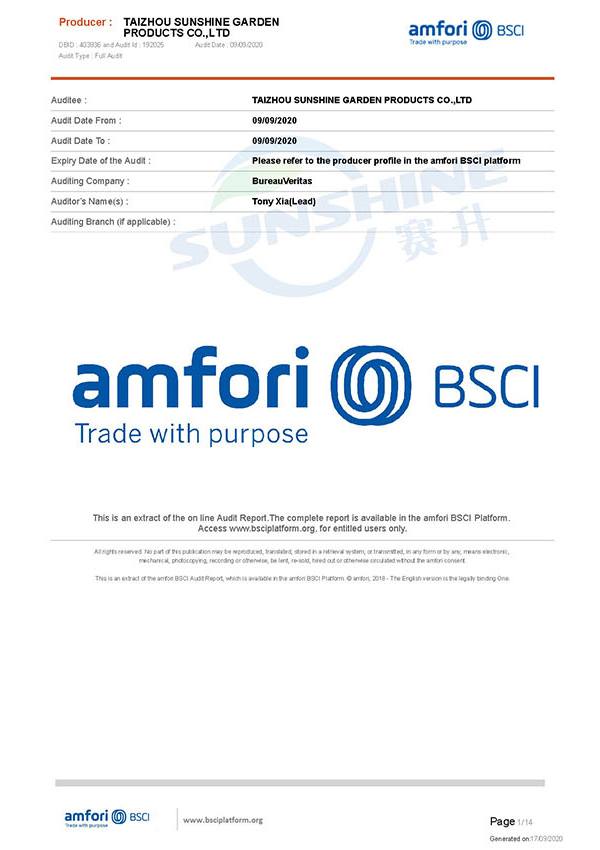
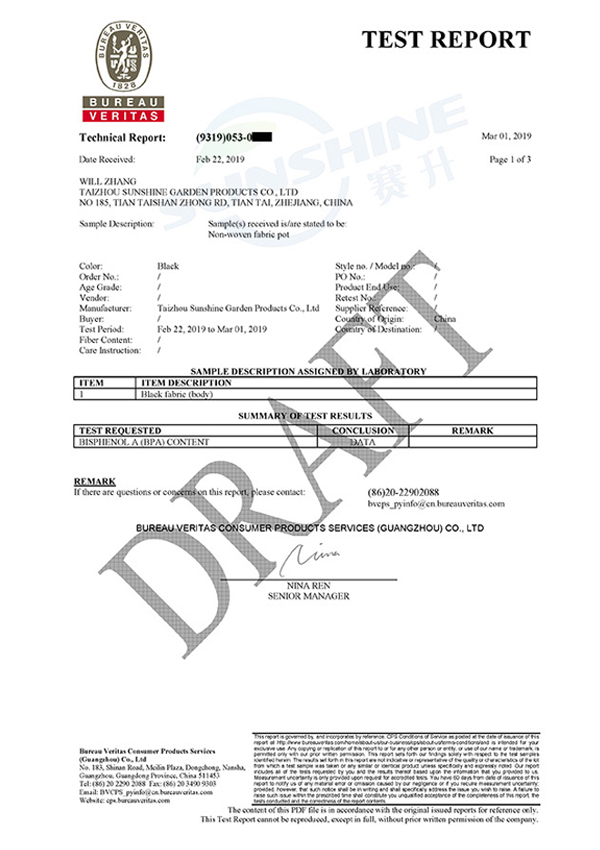
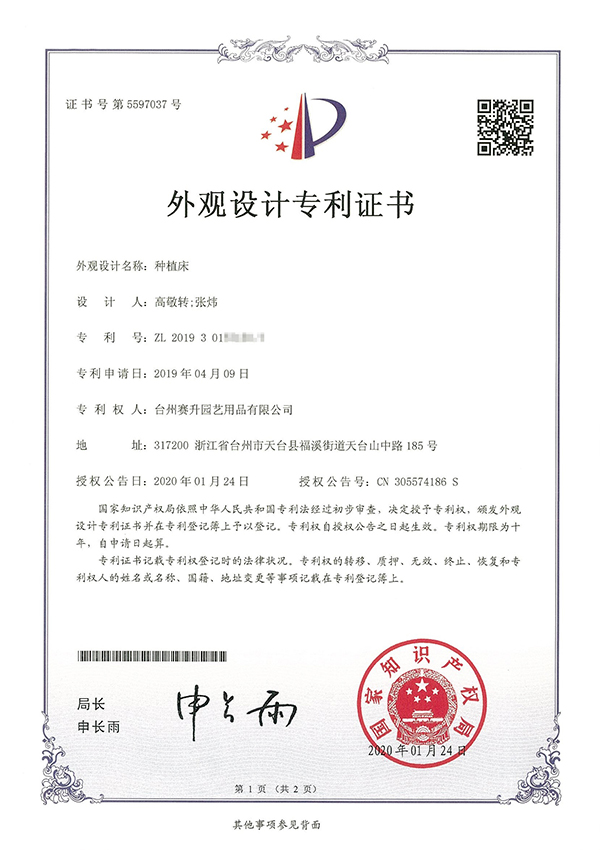

-1.jpg)
.jpg)
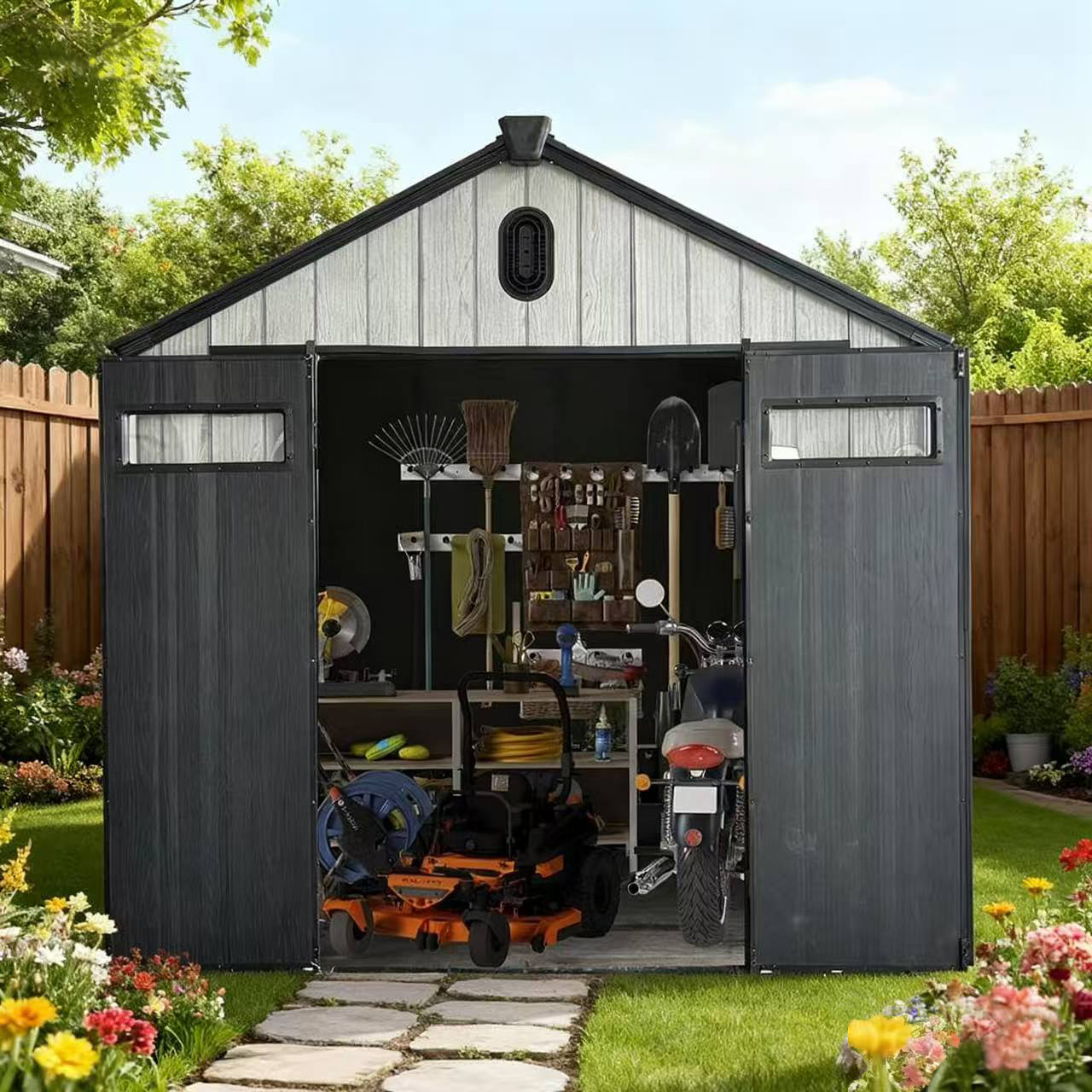
.png)
.jpg?imageView2/2/w/800/h/800/format/webp/q/75)
.png?imageView2/2/w/800/h/800/format/webp/q/75)

